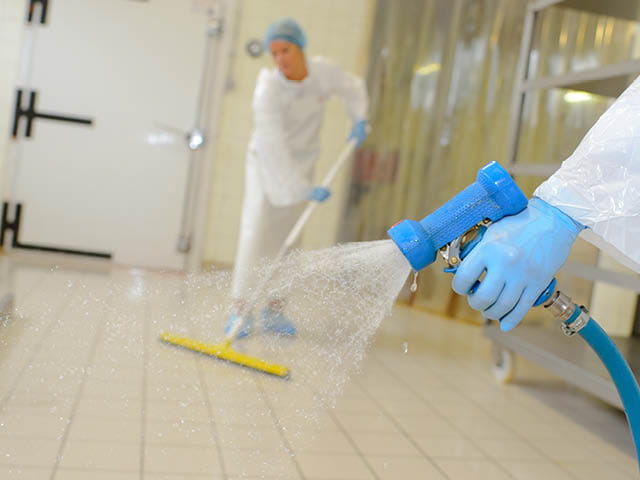
In our collective pursuit of health and hygiene, the impact of our choices extends beyond personal well-being to the well-being of the planet. The importance of disinfection is undeniable, but embracing eco-friendly alternatives is crucial to strike a balance between cleanliness and environmental responsibility. This article explores the realm of eco-friendly disinfection 辦公室消毒, shedding light on sustainable practices that nurture both a germ-free environment and a healthier world.
The Challenge:
Traditional disinfectants often come with a heavy environmental cost, laden with chemicals that can persist in ecosystems and contribute to pollution. Recognizing this challenge, a shift towards eco-friendly disinfection methods becomes imperative to ensure we protect both ourselves and the planet we call home.
- Natural Disinfectants:Harnessing the power of nature, substances like vinegar, lemon, and tea tree oil have inherent antimicrobial properties. These natural alternatives offer effective disinfection without leaving behind harmful residues or negatively impacting the environment.
- Reusable Disinfectant Wipes:Swap single-use wipes for reusable options. Many eco-friendly brands offer washable disinfectant wipes, reducing the generation of waste and lessening the environmental footprint associated with disposable alternatives.
- Homemade Disinfectant Solutions:Crafting your disinfectant solutions at home using simple ingredients like baking soda, hydrogen peroxide, and essential oils allows you to control what goes into your cleaning products. This not only reduces packaging waste but also minimizes exposure to unnecessary chemicals.
- UV-C Light Technology:Ultraviolet-C (UV-C) light has been proven effective in disinfecting surfaces and air without the use of chemicals. UV-C devices are available for home and commercial use, offering a sustainable alternative for those seeking efficient, chemical-free disinfection.
- Biodegradable Disinfectant Products:Look for disinfectant products that prioritize biodegradability. Manufacturers are increasingly developing solutions that break down naturally over time, reducing the environmental impact associated with their usage.
Why Choose Eco-Friendly Disinfection?
- Reduced Environmental Impact:By opting for eco-friendly disinfection methods, you contribute to the reduction of harmful chemicals in waterways and soil, preserving ecosystems and biodiversity.
- Sustainable Resource Use:Many eco-friendly disinfectants utilize renewable resources and are produced with sustainability in mind, ensuring that we do not deplete precious natural resources in the pursuit of cleanliness.
- Healthier Indoor Air Quality:Eco-friendly disinfectants often emit fewer volatile organic compounds (VOCs), promoting better indoor air quality and reducing the risk of respiratory issues.
- Long-Term Sustainability:Adopting eco-friendly disinfection practices is an investment in a sustainable future. It encourages innovation in the development of products and methods that prioritize both human health and environmental well-being.
Conclusion:
Embracing eco-friendly disinfection is not just a choice; it’s a responsibility. By making mindful decisions in our cleaning routines, we contribute to a healthier world for ourselves and future generations. Whether through natural alternatives, reusable products, or innovative technologies, the path to a germ-free environment can coexist harmoniously with a commitment to environmental sustainability. Let us embark on this journey towards a cleaner, safer, and greener future.
Leave a Reply